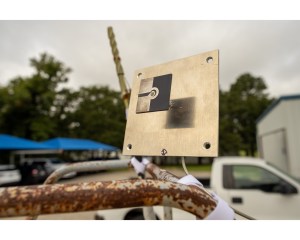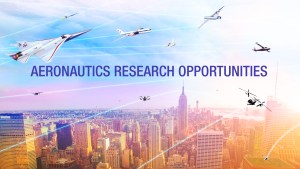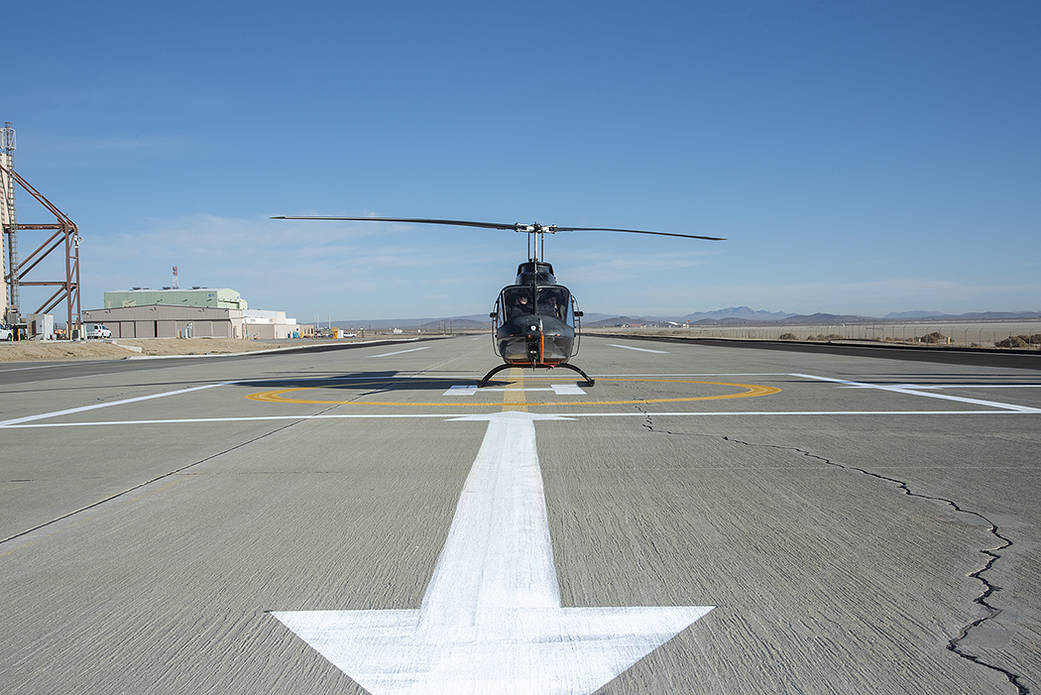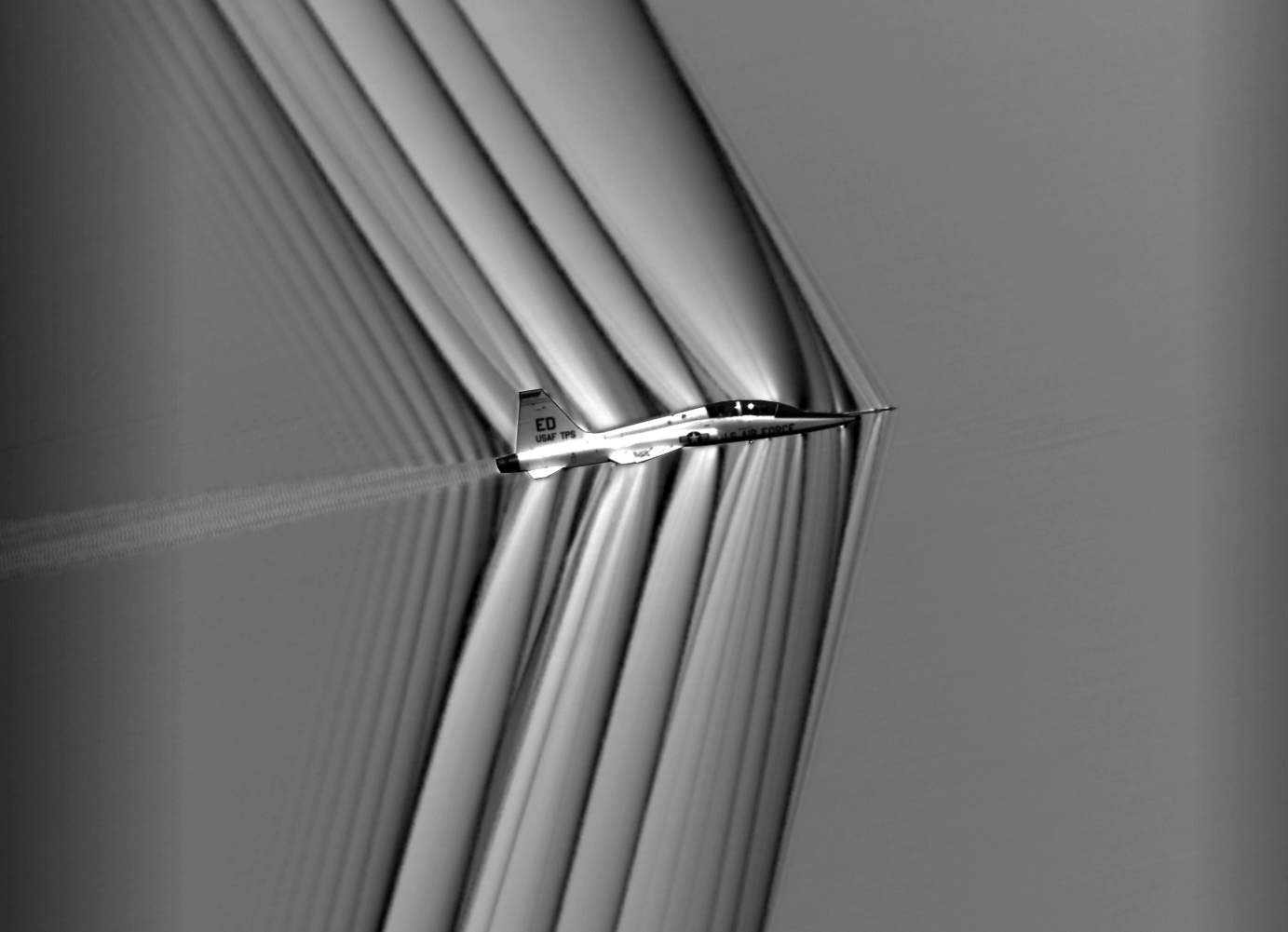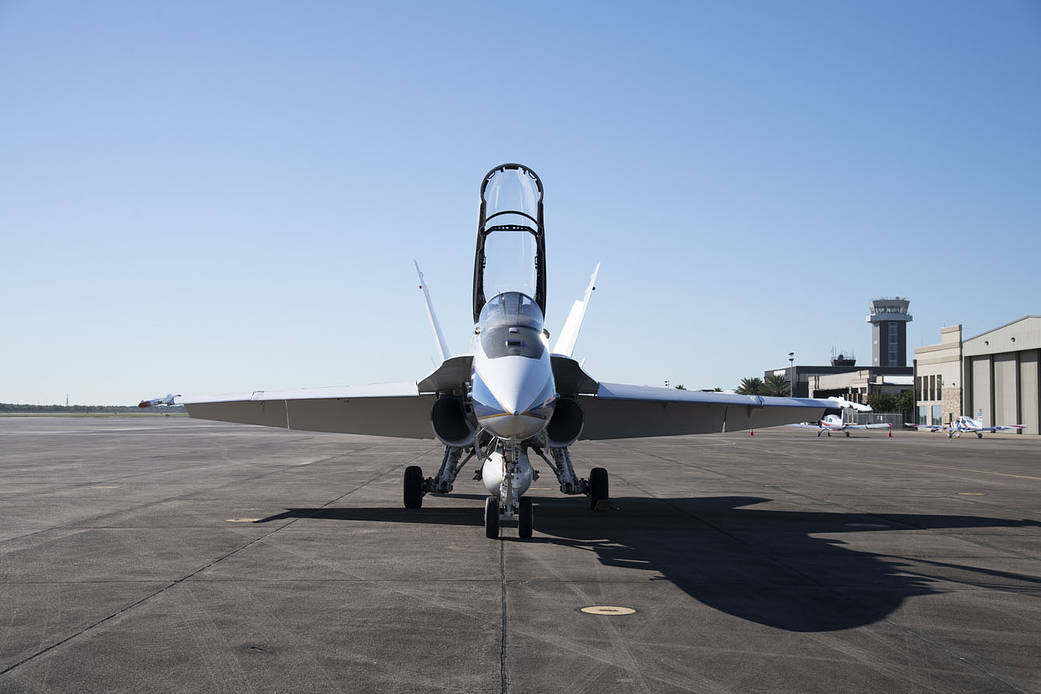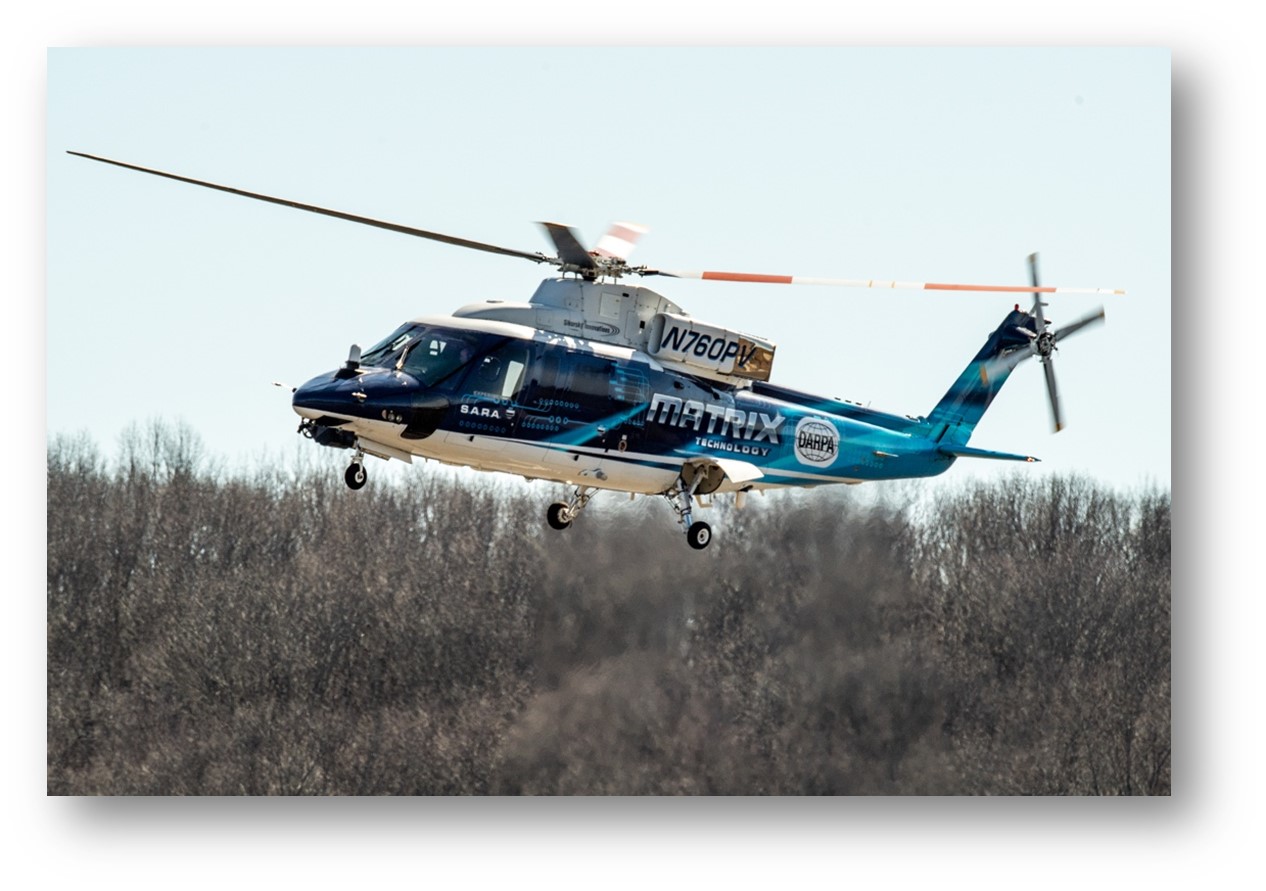
New forms of highly automated Advanced Air Mobility (AAM) aircraft, such as electric vertical take-off and landing (eVTOL) vehicles, could transform transportation, cargo delivery, and a variety of public services. NASA, working alongside the Federal Aviation Administration, is applying its decades of expertise in aeronautical research to ensure this new type of technology enters the National Airspace System in a safe and sustainable way.
In March, a team of pilots and researchers from NASA’s Advanced Air Mobility National Campaign visited the headquarters of Sikorsky, a Lockheed Martin company in Stratford, Connecticut. The National Campaign team conducted research flights with the Sikorsky Autonomy Research Aircraft (SARA), an S-76B commercial helicopter that Sikorsky – which develops autonomy software and hardware focused on improving flight safety, reliability, and affordability with two, one or zero flight crew – configured as a flying research laboratory.
Known as MATRIX™ Technology, the autonomy system is designed to give operators like NASA the ability to fly any aircraft autonomously or as an optionally piloted vehicle. The Defense Advanced Research Projects Agency (DARPA) is already testing this unique technology for use in defense – and the same technology could be used in future eVTOL vehicles.
NASA research pilots Wayne Ringelberg and David Zahn flew several flight maneuvers in SARA; instead of using traditional flight controls, the pilots manually input commands, flight paths, and flight conditions via tablets and controllers connected to SARA’s advanced flight controls with autonomous capabilities.
During the flights, the pilots and project engineers assessed the software’s responsiveness and efficacy, testing the human-to-machine interactions to support progress in the development of autonomy for eVTOL vehicles.
“In the cockpit we take for granted that some flight procedures are executed by air traffic controllers who already deconflicted the route, sometimes years beforehand,” Zahn said. “When you look at the government’s role in aviation, safety is number one, but efficiency is also extremely important. When introducing autonomy, you want to make sure the same tempo of operations is maintained.”
Automation could enable future AAM vehicles to operate without a pilot or reduce workload for a single pilot. Use cases include helping the vehicle avoid bad weather or other aircraft, and safely take off and land. Work in this area supports NASA’s vision to map out a safe, accessible, and affordable new air transportation system that incorporates Advanced Air Mobility.
A multi-year partnership between Sikorsky and NASA allows for several additional flight scenarios to further test this automation technology. This NASA effort is called the Integration of Automated Systems (IAS) and falls under the AAM National Campaign demonstration series. The series includes partnering with various industry partners to further AAM research.
“These flight tests are an important step for NASA’s Advanced Air Mobility project because they integrate multiple research and development efforts and demonstrate them in a relevant flight environment,” said Adam Yingling, the National Campaign’s IAS technical lead. “Our partnership with DARPA and Sikorsky allows NASA to safely accomplish this key testing much earlier than we originally anticipated and at a much lower cost.”

























